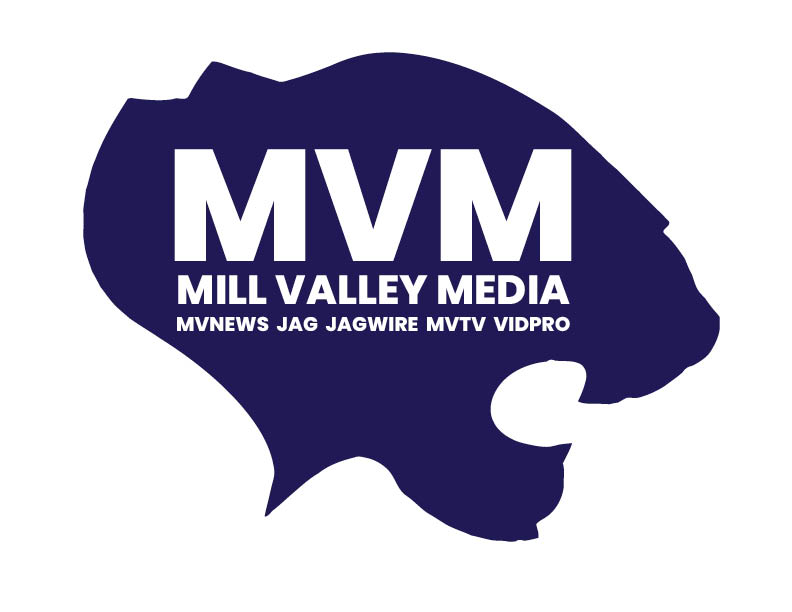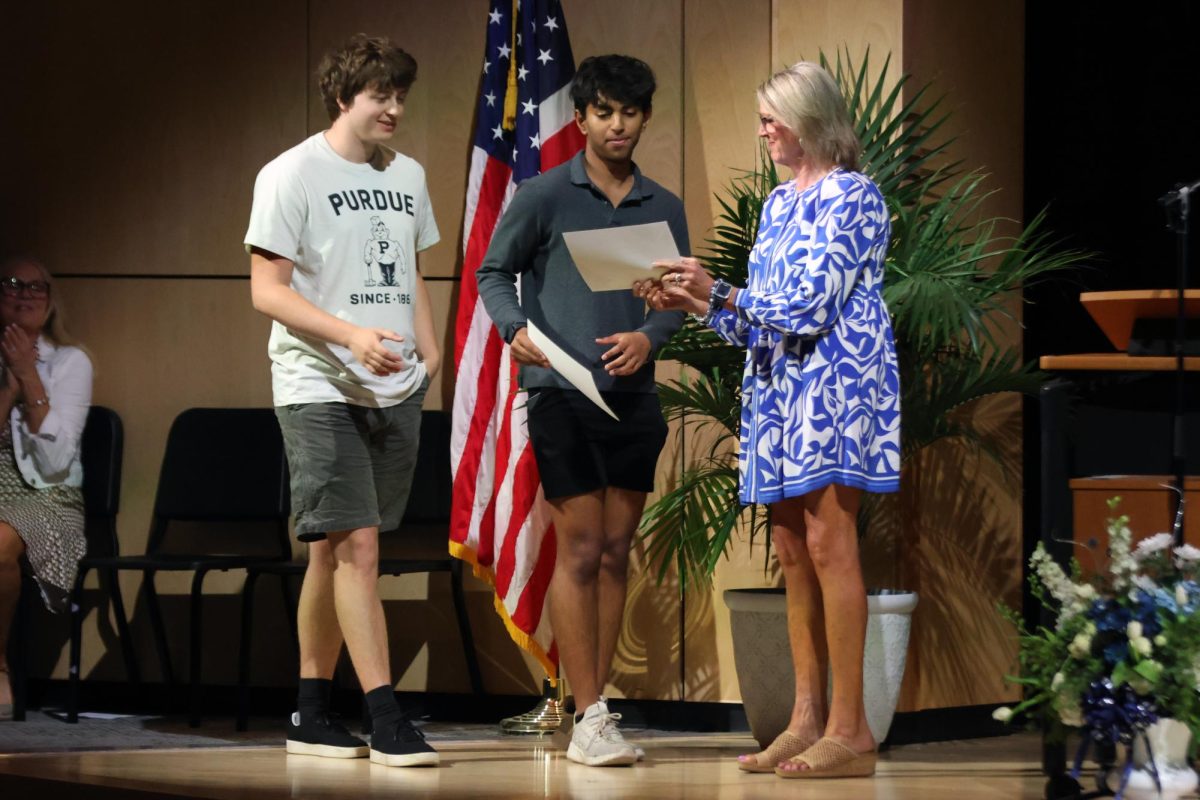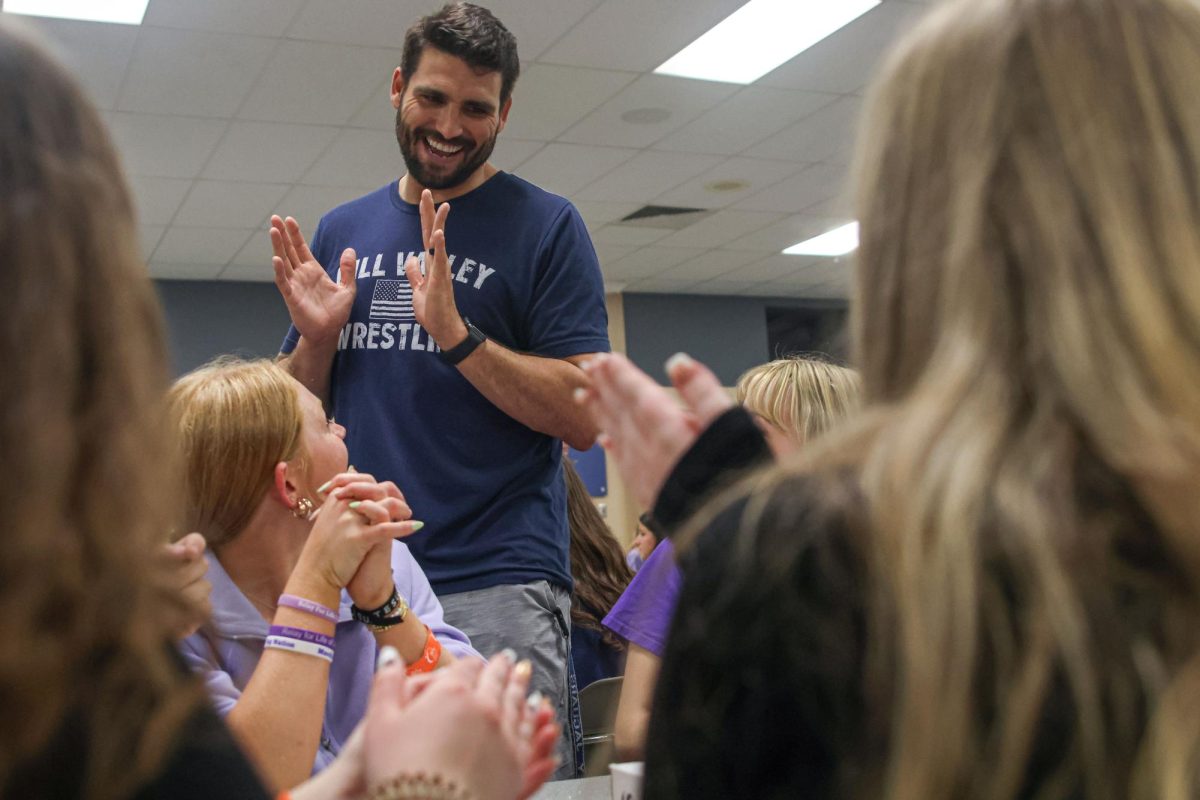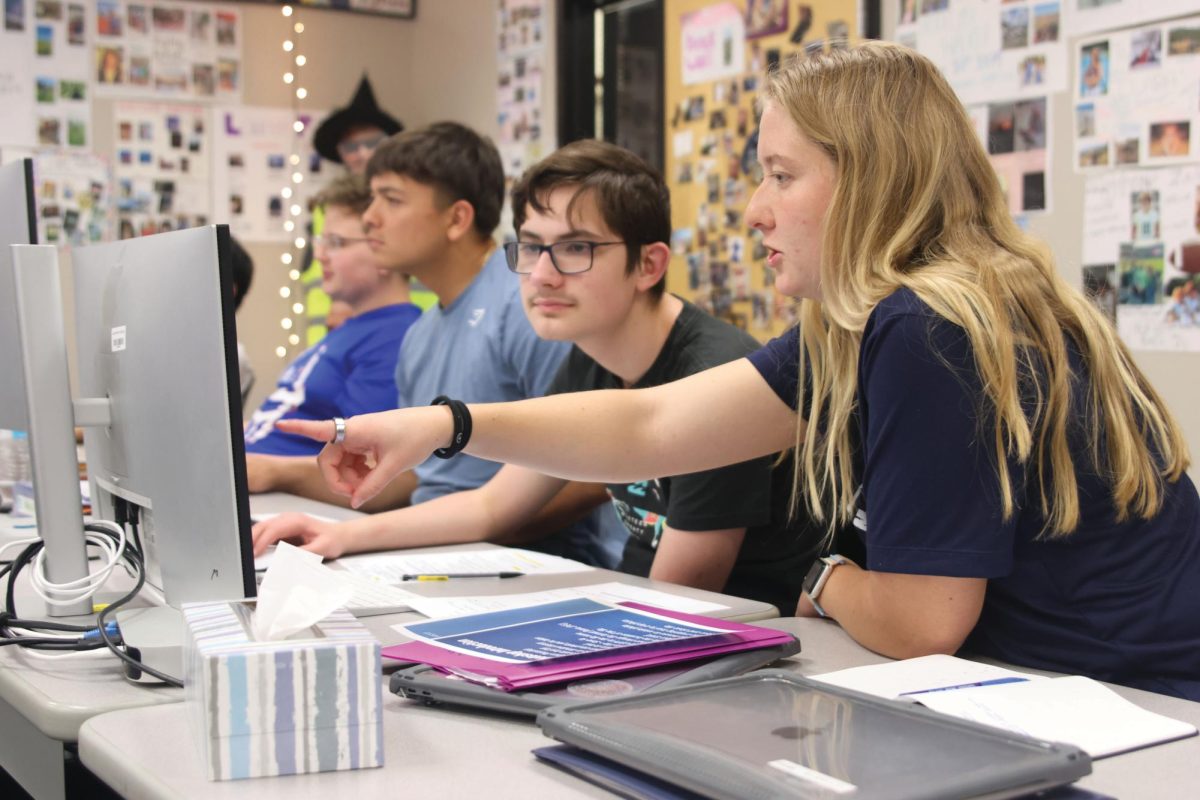KSDE funding model reforms elective classes
After four years in the making, career and technical education classes offered next year will change name and curriculum under a new Kansas State Department of Education career clusters and pathway model. If the changes are not made, the district stands to lose thousands in funding.
The district uses roughly $200,000 in funding every year from KSDE, which pays primarily for teaching positions along with equipment expenses. To continue receiving funding, the district, along with all districts in the state, must restructure classes to fit the new career pathway and clusters model.
The new model, classified by 16 career clusters which umbrella over pathways or more occupationally specific classes, will change nearly every career and technical class, like technology and family and consumer science classes currently in place at high schools in the district.
“[The new model] puts a focus for kids to say ‘I’m college bound or I’m not college bound,” district coordinator of grants and high school programs Cindy Fouraker said.
As part of a transition to the new model, the district is gradually introducing courses that comply with career pathway and clusters model specifications.
The first class and only class that was created under the new model is the Residential Carpentry I class taught by drafting teacher Arlan Vomhof.
Over 100 students enrolled in the class, and they can potentially receive certification and college credit through JCCC from the class.
“I’m really glad we got this for students,” Vomhof said. “The most difficult thing for me is being told I have to teach from a specific book because I’ve never taught from a book before.”
Senior Residential Carpentry I student Ryan Speer enjoys the class.
“I like how it’s hands on work,” Speer said. “You’re mostly interacting with groups and working towards one goal, it’s fun.”
Next year, the district will implement additional courses that fit the new model in the Human Services, Information Technology, Finance and Marketing clusters. Typical technology and family and consumer science classes will all be subject to change.
“We are going away from computer classes and moving more towards computer skills and how to implement them into a career field,” Fouraker said.
Computer teacher Mark Chipman has only updated program software for classes in his 11 years at the school, and knows the transition will be difficult.
Next year, technology teachers will teach new classes.
“The intent is good,” Chipman said. “The goal is to improve student ability to succeed in the work force and to succeed in college.”
Vocational teachers like Chipman will be required to develop new curriculum for classes starting this spring and summer to prepare for the new classes offered next fall.
Family and consumer science teachers Ellee Gray and Rebecca Caves will be teaching eight new classes next year. The only class that will be called by the same name is Nutrition and Wellness, although its curriculum will be changed.
“I’m really worried the kids aren’t going to know which classes to take because of the new structure,” Gray said. “We’re going to have to make sure the course guide breaks that down for students next year.”
Gray is also concerned students will miss classes offered in the past. Fashion and Design, taught by Caves, is one such class that is not funded. The district may offer the class second semester even though it does not meet funding standards, but more likely the class will not be offered.
To complete the model, Robin Harris, KSDE assistant director to career, standards and assessment services, said hundreds of teachers and administrators were asked for input.
The model will standardize career and technical education but also allow for districts to customize the model to work best for them.
“Everybody is in a different place for what they’re teaching,” Harris said. “Every district is at a different place than another. I hope the result will be personalized education.”
Most changes in the district will come next year in the first major transition to the new model.
The deadline for a complete transition to the new model across the state is March 2013.
Coordination between KSDE and districts throughout the state continues to make transition as smooth as possible.
“For anybody, change is hard,” Fouraker said. “Even KSDE can’t foresee into the future.”
Vague journalism terminology leaves funding under speculation
A lack of the term “journalism” in the current version of the new career pathway and clusters model leaves the possibility of journalism funding in future years unclear.
Robin Harris, KSDE assistant director to career, standards and assessments services said there is an opportunity for journalism to be offered in multiple pathways within career clusters.
“It is not going away,” Harris said. “KSDE supports the skills learned in journalism, and we are not eliminating the skills learned in journalism.”
When the career clusters model was first proposed, a specific journalism and broadcasting pathway was offered. Now an updated model has eliminated a specific journalism pathway, beginning speculation surrounding journalism funding.
“A school that doesn’t have an active program may look at this and say there is no funding for journalism,” Kansas Scholastic Press Association executive director Jeff Browne said. “The fear is administrators may look at KSDE funding, not see journalism and write off the program before it can even start, before it can even get good.”
Harris said how a district chooses to apply for journalism type funding is a local option. District can potentially put journalistic type classes into various clusters.
Fouraker says that the new model will not mean the end of journalism in the district.
Still, it remains undetermined if “journalism” terminology will be placed back into the model to ensure the wide spread application of journalism classes in the state.
“It’s a matter of all of those people talking to each other and coming up with classes that reflect the importance of journalism education in Kansas,” Browne said.
Students in journalism remain adamant about its value.
“[Journalism] is probably one of the best things in the school to prep you for a career,” yearbook Editor-in-Chief Miranda Wagner said. “The skills you learn from the journalism experience are applicable anywhere.”
As far a transformation goes, journalism programs are at the forefront, Browne said.
“Journalism teachers have been changing their journalism curriculum yearly for the last 25 years,” Browne said. “Journalism teachers are at the forefront of that…because you can’t fall behind in journalism.”







